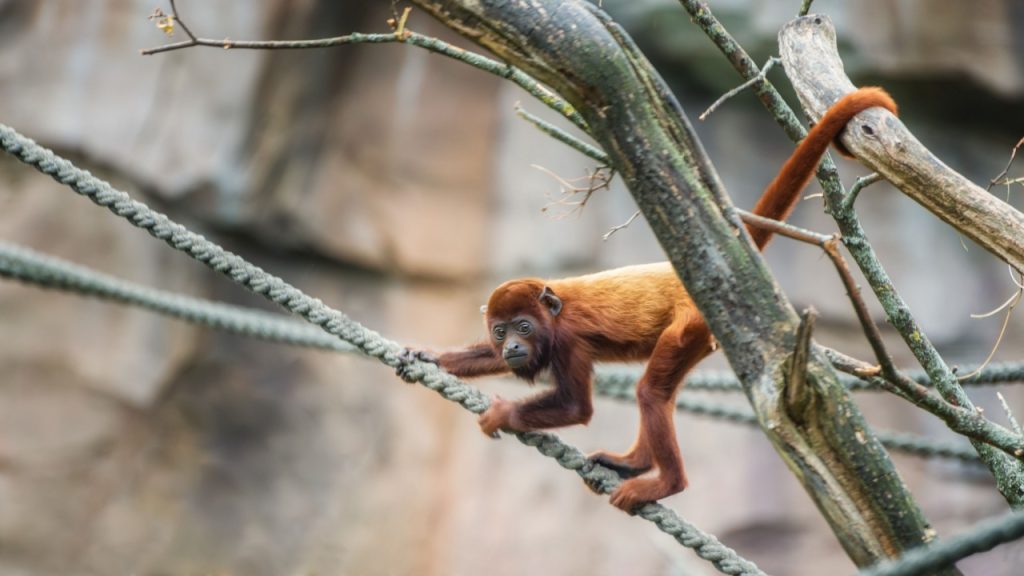Nature has equipped some animals with an extraordinary tool: the prehensile tail. While we don’t have many native species with prehensile tails here in the UK, they’re still utterly fascinating. And we do have the beautiful little harvest mouse. This remarkable adaptation allows creatures to grasp and hold onto objects, much like an extra limb. Prehensile tails give their owners a significant advantage in their environments, especially for those living in trees. These tails help with balance, locomotion, and even serve as a “fifth hand” for manipulating objects or hanging from branches.
Spider Monkey
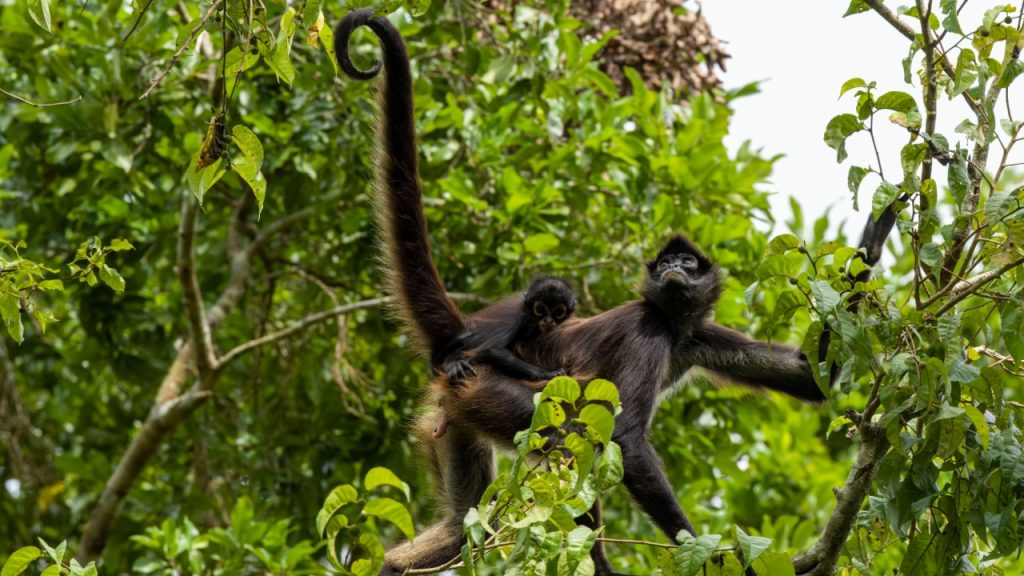
Spider monkeys are masters of the treetops, thanks in large part to their prehensile tails. These long, strong tails can support the monkey’s entire body weight, allowing them to hang and swing with ease. Spider monkeys often use their tails to grab food or branches while keeping their hands free for other tasks. Their tails are so dexterous that they’re sometimes called a “fifth limb.”
Opossum
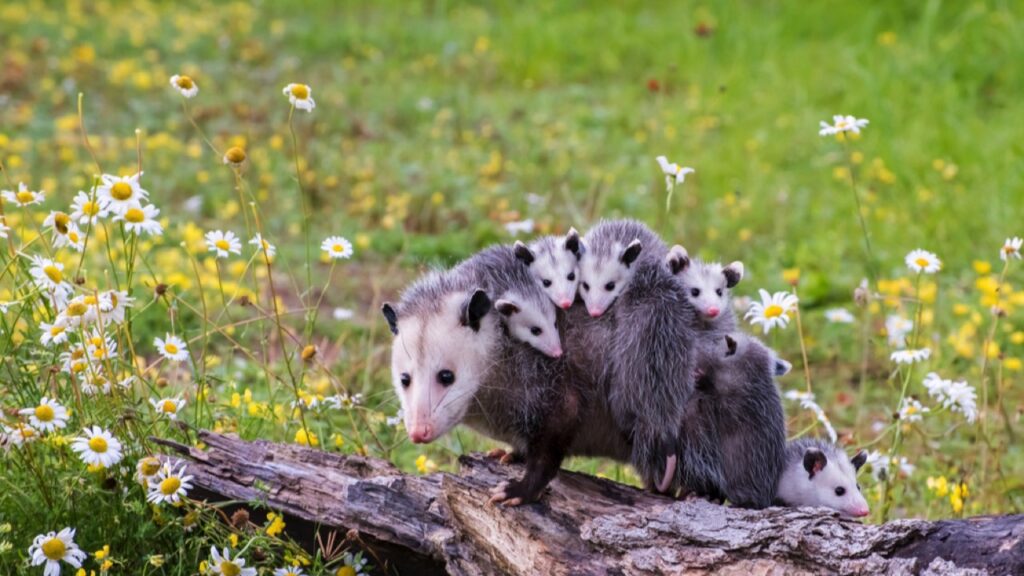
The opossum is North America’s only marsupial, and it sports a useful prehensile tail. While not as strong as some other animals on this list, the opossum’s tail can support its body weight for short periods. They often use their tails for balance while climbing and can even carry nesting materials with them. Baby opossums are known to wrap their tails around their mother’s tail for security during travel.
Kinkajou
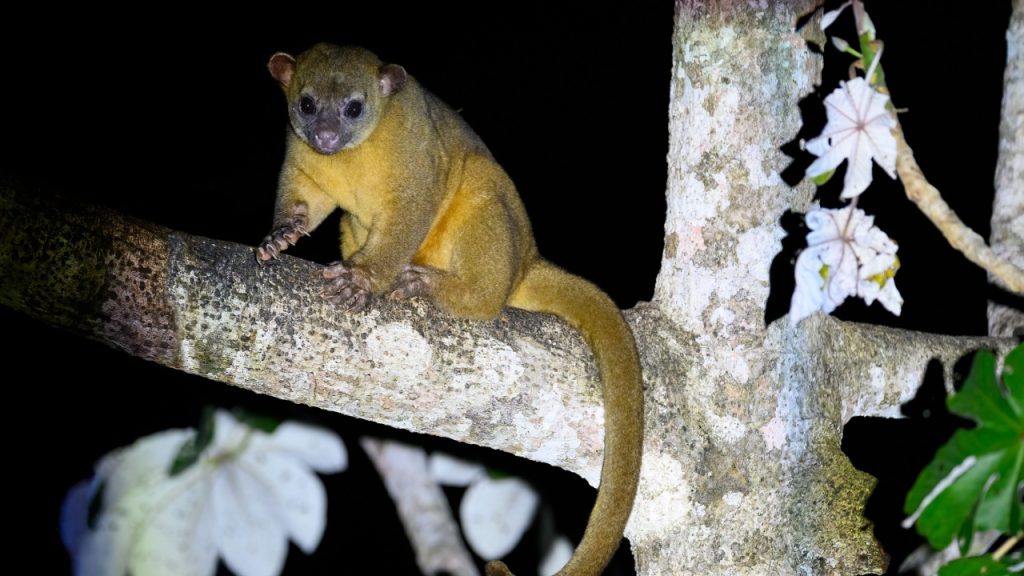
Kinkajous are small, tree-dwelling mammals native to Central and South America. Their prehensile tails are almost as long as their bodies and are covered in a soft, velvety fur. Kinkajou tails are incredibly strong and flexible, allowing these nocturnal animals to hang upside down while feeding on fruit. They also use their tails for balance and as an anchor while sleeping in tree branches.
Chameleon
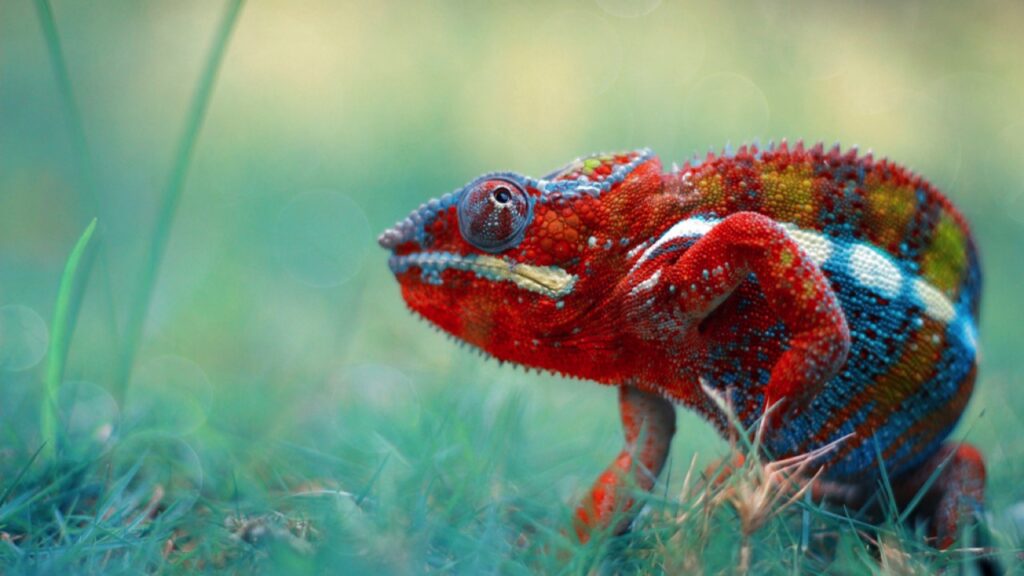
Many chameleon species have prehensile tails, which they use as an additional gripping appendage while climbing. Their tails can wrap tightly around branches, providing extra stability and support. In some species, the prehensile tail can be nearly as long as the chameleon’s body. This tail adaptation, combined with their unique feet, makes chameleons excellent climbers.
Seahorse
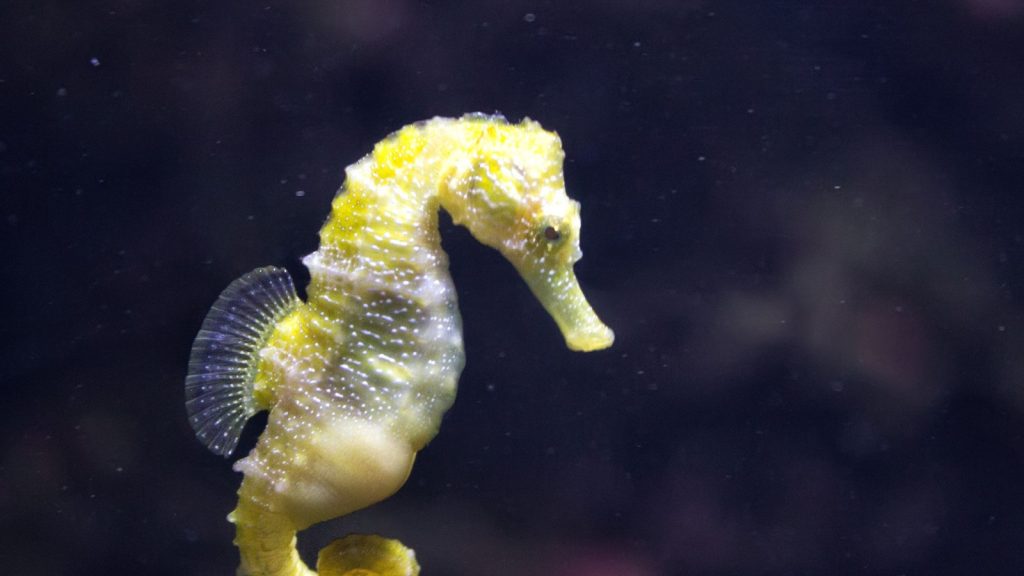
Seahorses might seem out of place on this list, but they indeed have prehensile tails. These unique fish use their tails to anchor themselves to seagrass or coral, preventing them from being swept away by currents. Their tails are also used during mating rituals, with pairs often intertwining their tails. The seahorse’s tail is so strong that it can support the animal even in rough waters.
Binturong
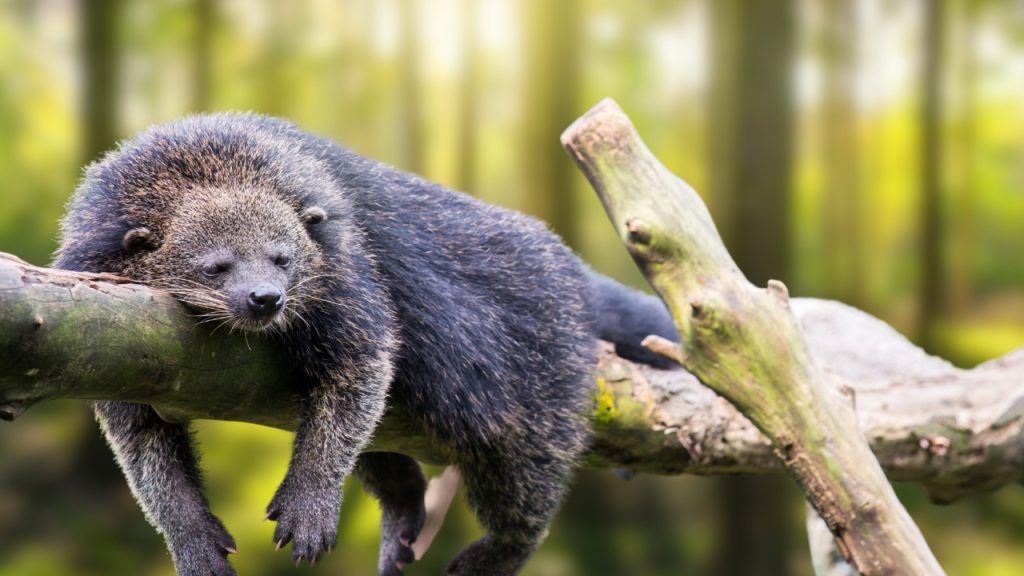
Also known as the bearcat, the binturong is a Southeast Asian mammal with a powerful prehensile tail. Their tails are almost as long as their bodies and are covered in a thick, coarse fur. Binturongs use their tails for balance while moving through trees and can even hang from them for short periods. Interestingly, binturongs have a distinctive odor often compared to popcorn or corn chips.
New World Porcupine
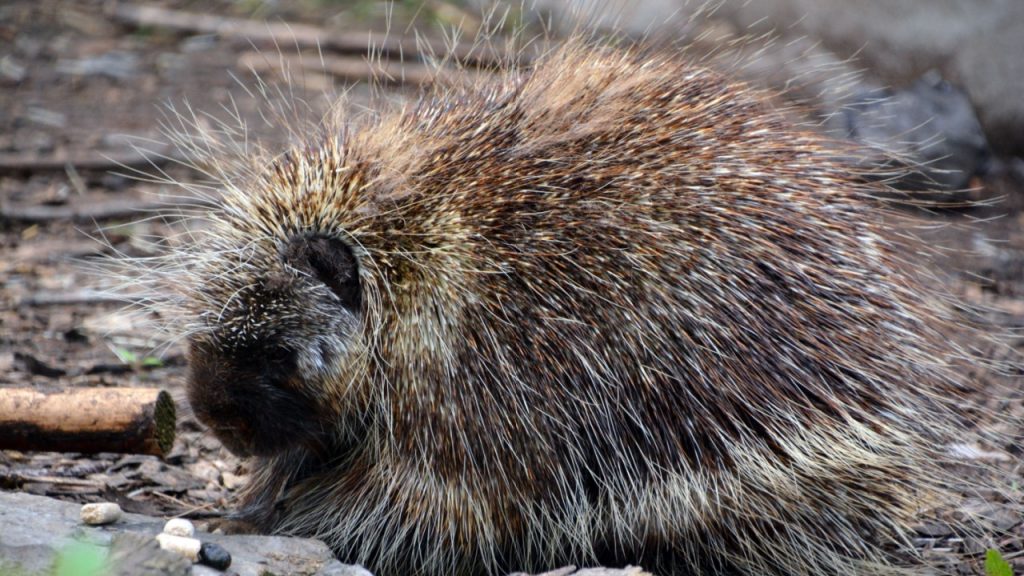
Unlike their Old World cousins, New World porcupines have prehensile tails. Species like the Brazilian porcupine use their tails to help them climb trees and maintain balance on branches. Their tails are strong enough to support their entire body weight, allowing them to hang while reaching for leaves or bark to eat. The underside of their tail is covered in bristles instead of quills, providing better grip.
Anteater
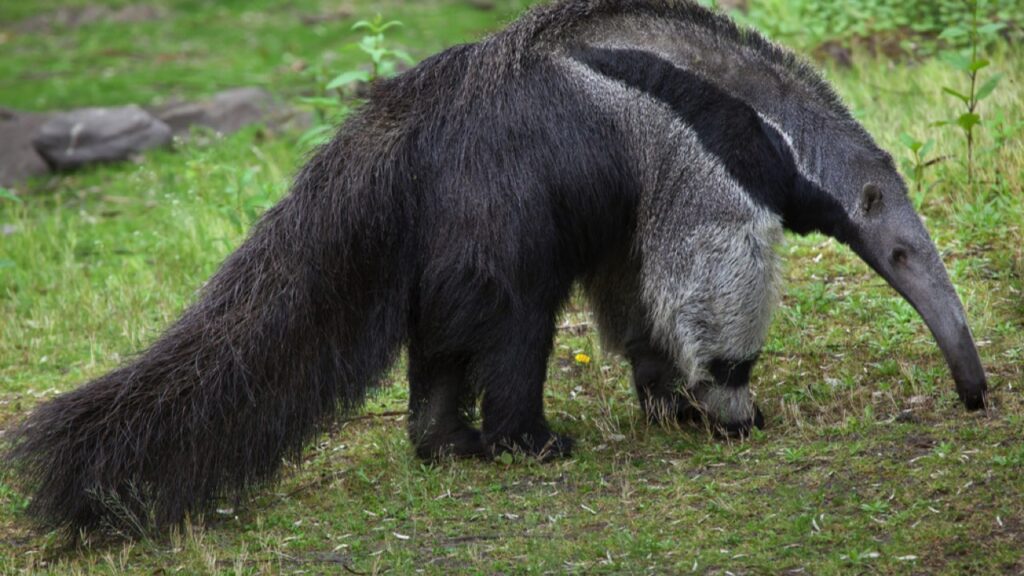
Some anteater species, like the silky anteater and the tamandua, have prehensile tails. These tails help them maintain balance while climbing trees in search of ant and termite nests. Anteaters can use their tails as a safety line, wrapping them around branches for extra support while using their strong claws to tear into insect nests. Their tails are so strong that they can support the animal’s entire weight while sleeping.
Harvest Mouse
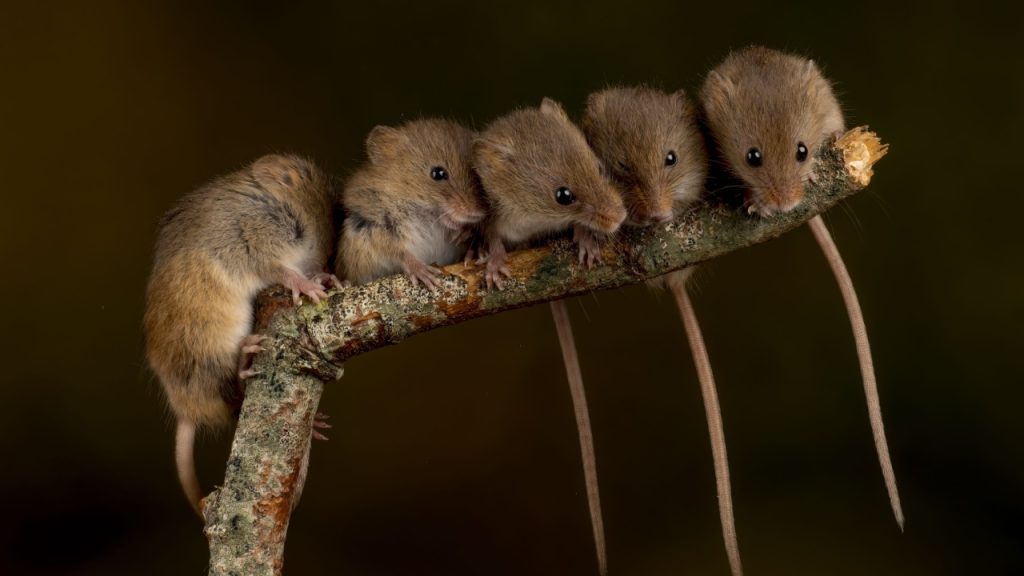
The harvest mouse is one of the smallest animals with a prehensile tail. Their tails are nearly as long as their bodies and can grip onto grass stems and thin branches. This adaptation allows harvest mice to move through their grassland habitats with incredible agility. They can even use their tails to help them balance while eating seeds at the top of grass stalks.
Tree Pangolin
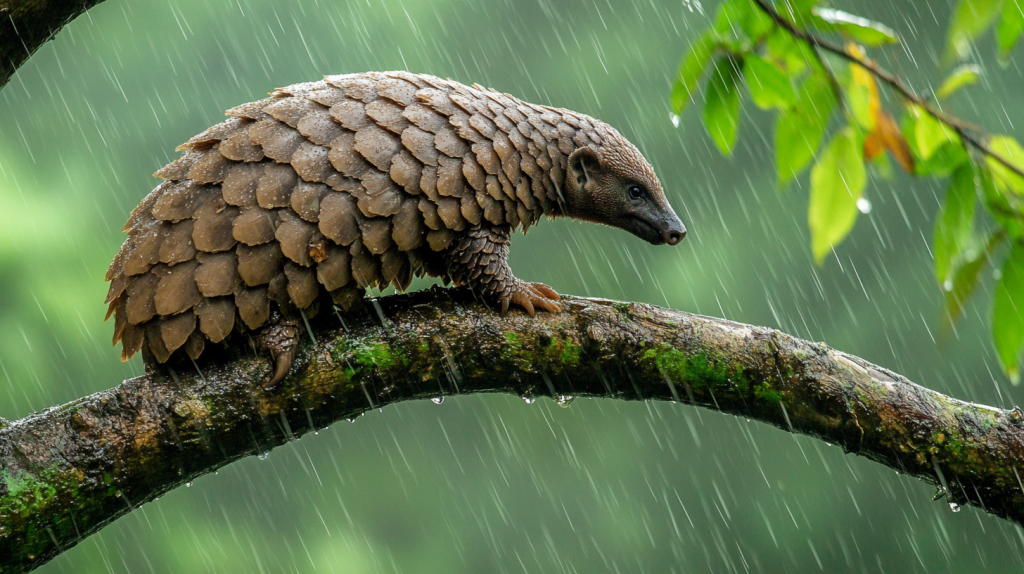
Tree pangolins have long, prehensile tails that they use for climbing and balance. Their tails are covered in the same protective scales as the rest of their body, but the underside is bare to provide better grip. Tree pangolins can hang from branches using only their tails, freeing up their limbs to dig into ant and termite nests. This tail adaptation is crucial for their arboreal lifestyle.
Woolly Monkey
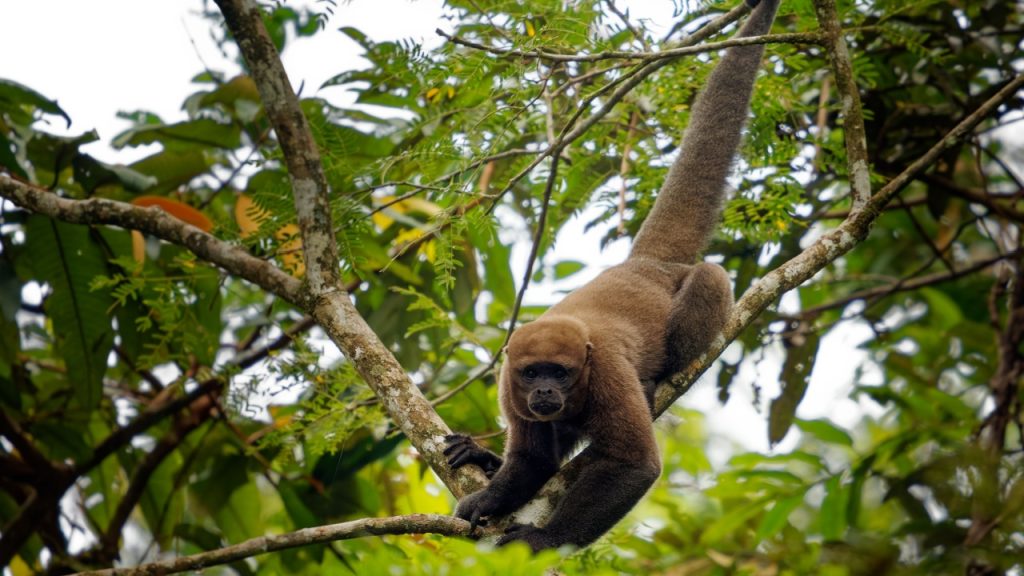
Woolly monkeys are large primates found in the Amazon rainforest. They have strong, prehensile tails that they use extensively for locomotion and foraging. Their tails are so strong that they can support the monkey’s entire body weight, allowing them to hang and swing with ease. Woolly monkeys often use their tails to grab food or branches while keeping their hands free for other tasks.
Tamandua
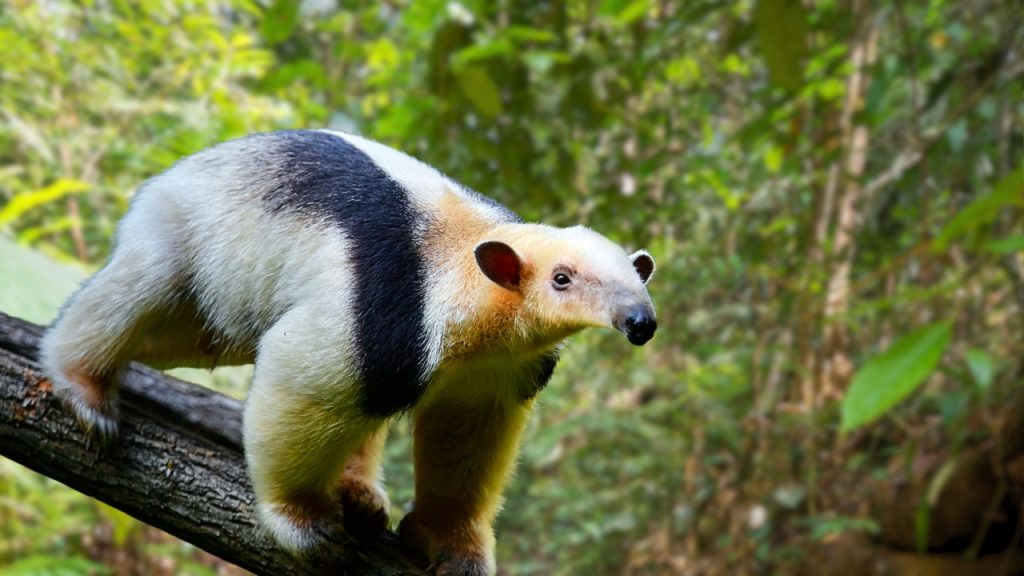
The tamandua, a type of anteater, has a prehensile tail that it uses for climbing and balance. Their tails are strong enough to support their entire body weight, allowing them to hang from branches while using their powerful claws to tear into ant and termite nests. Tamanduas often sleep curled up in tree hollows, using their tails to anchor themselves securely.
Capuchin Monkey
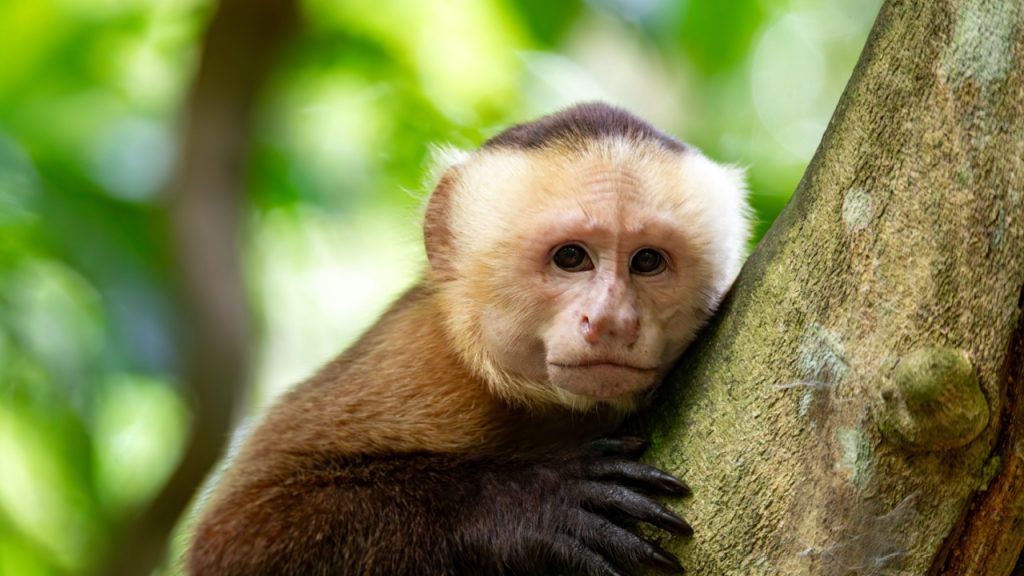
Capuchin monkeys are known for their intelligence and dexterity, which extends to their prehensile tails. These small primates use their strong, flexible tails as a “fifth limb” while moving through the treetops. Capuchins can support their entire body weight with their tails, freeing up their hands for foraging or tool use. Their tails are so sensitive that they can even detect subtle texture differences, making them useful for finding insects hidden in tree bark.
Tree Skink
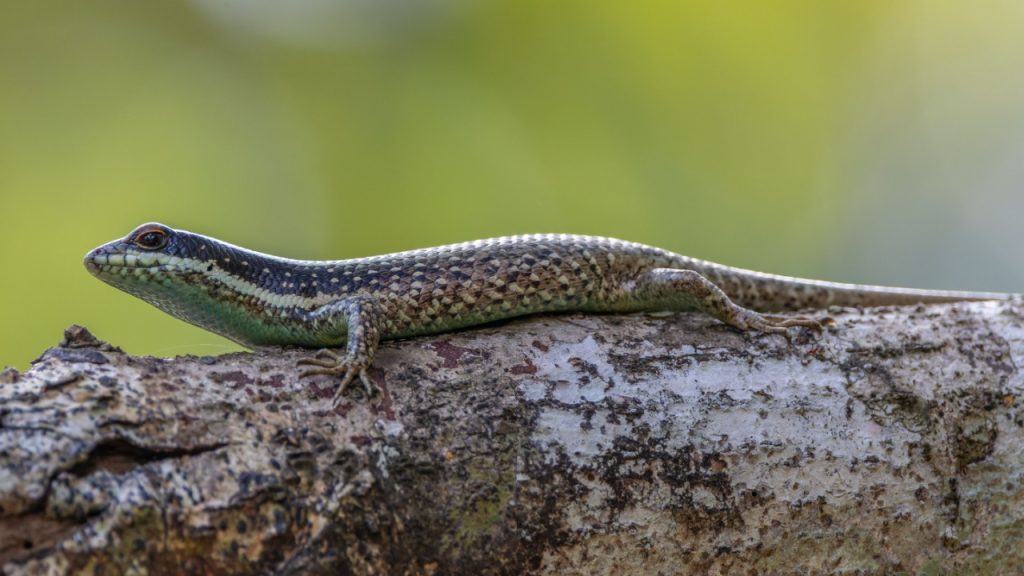
Some species of tree skinks have evolved prehensile tails to help them navigate their arboreal habitats. These lizards use their tails for balance and as an anchor while moving through branches and leaves. The prehensile tail also serves as a safety line, allowing the skink to catch itself if it slips. In some species, the tail can even regenerate if lost, though the regrown tail may not be as prehensile as the original.
Arboreal Salamanders
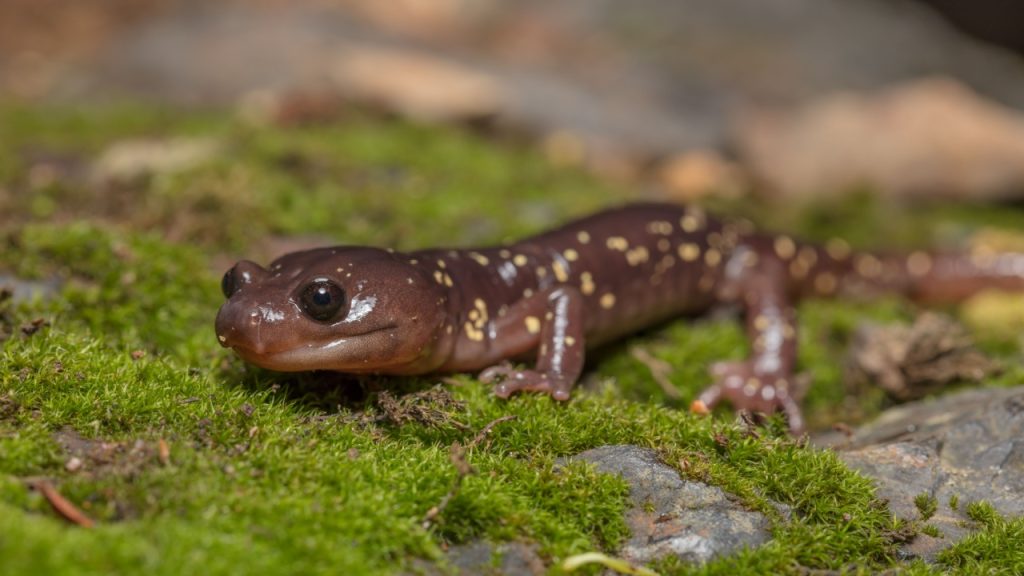
Certain species of salamanders that live in trees have developed prehensile tails as an adaptation to their arboreal lifestyle. These tails help the salamanders climb and maintain their position on vertical surfaces. The prehensile tail acts as an anchor, providing extra stability while the salamander moves or rests on branches. This adaptation is particularly useful for hunting insects and avoiding predators in their treetop homes.

